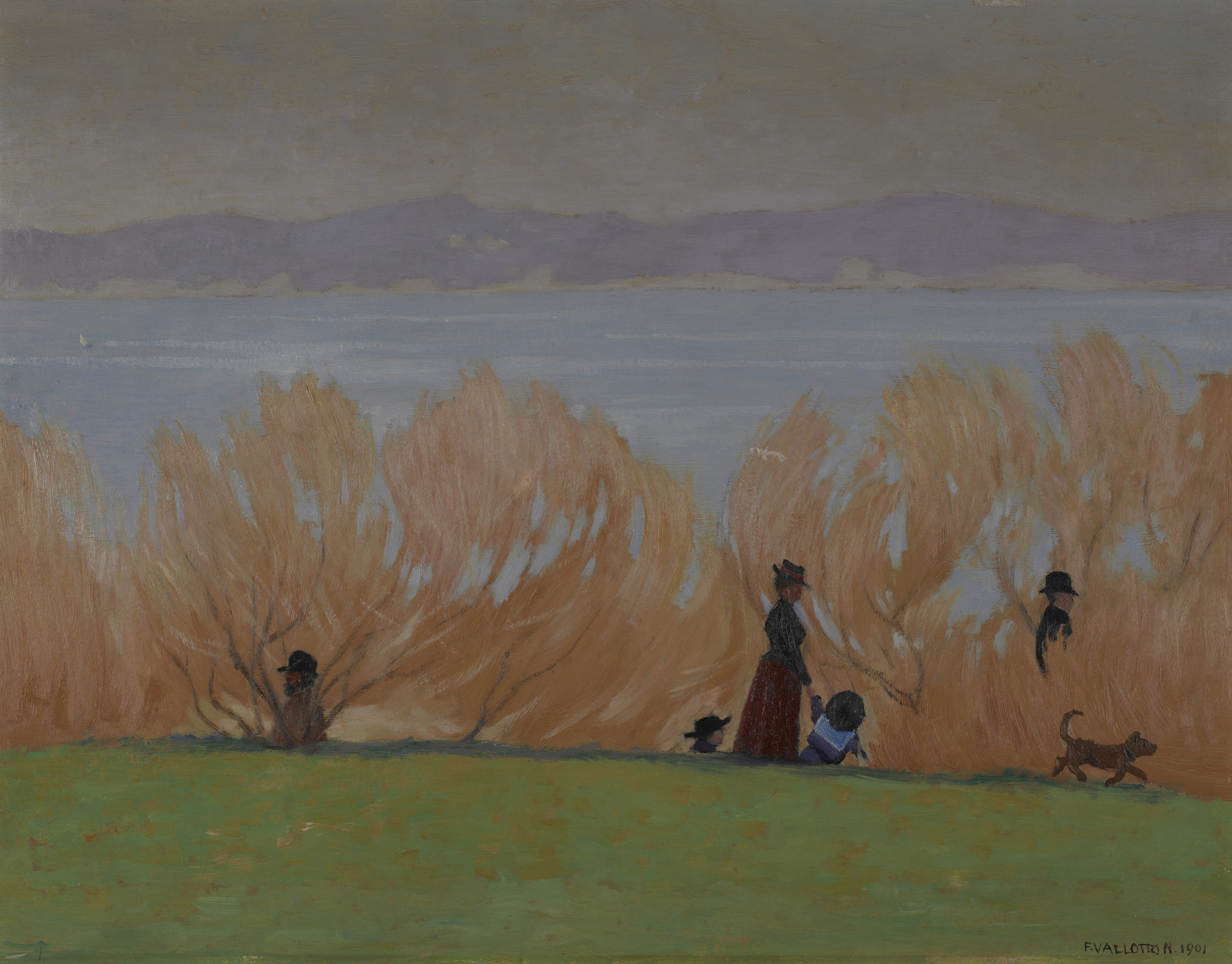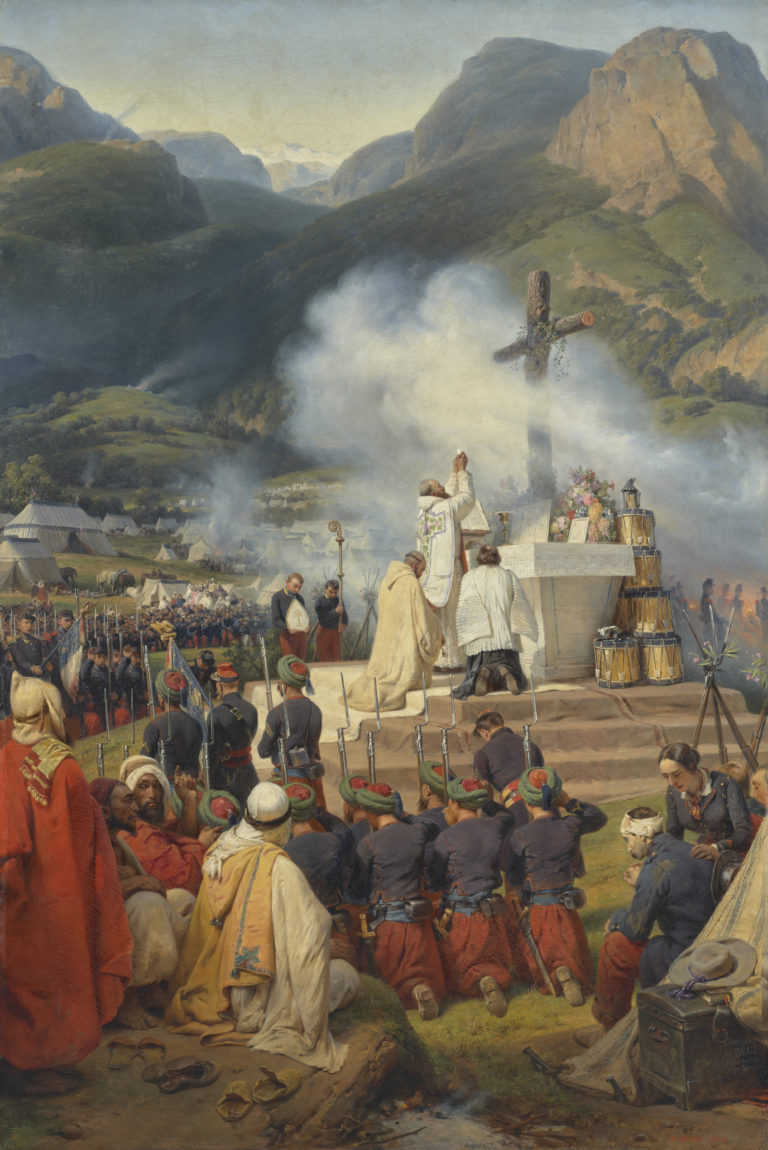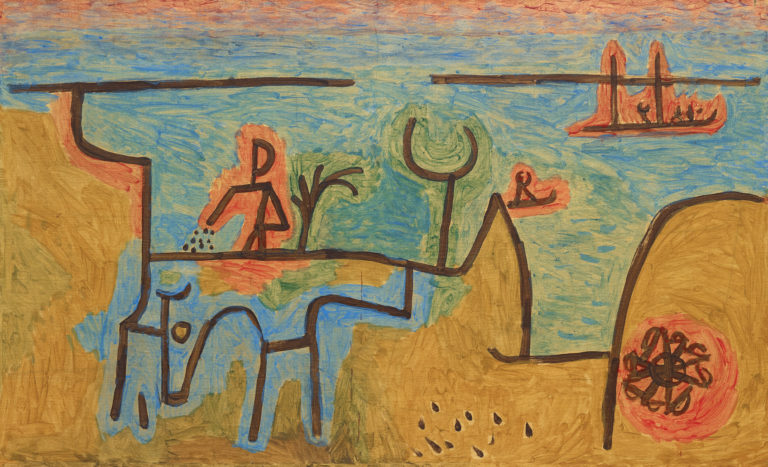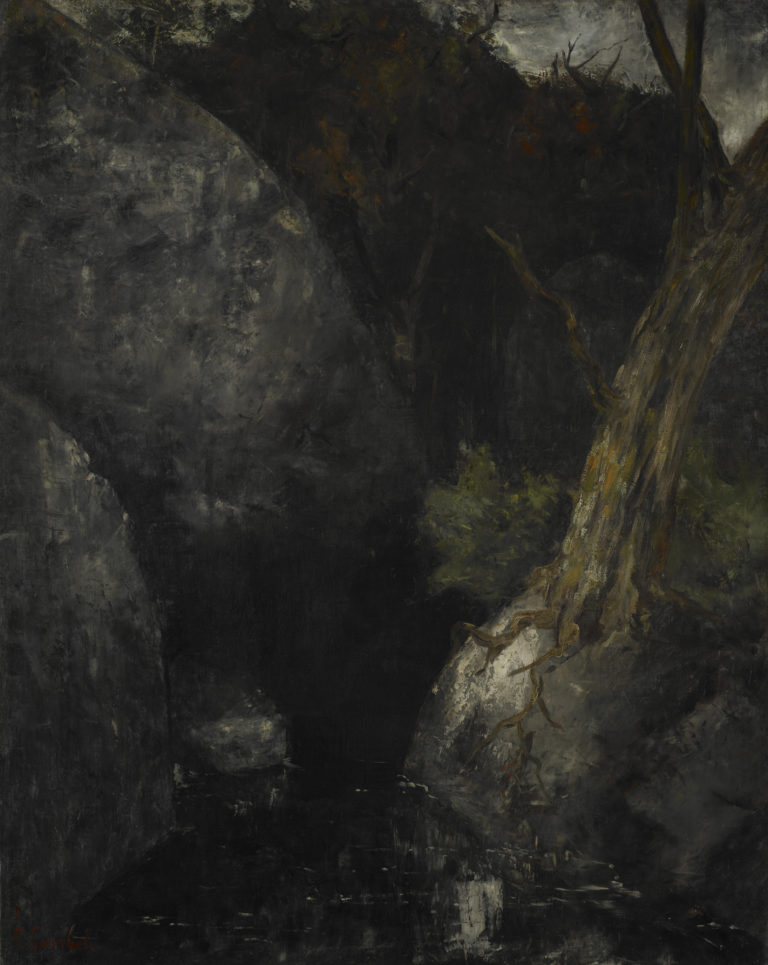Bibliography
Marina Ducrey, in collaboration with Katia Poletti, Félix Vallotton, 1865-1925: l’œuvre peint, 3 vol., Lausanne, Fondation Félix Vallotton, Zurich, Institut suisse pour l’étude de l’art, Milan, 5 Continents Editions, 2005: n. 345.
Sasha M. Newman (ed.), Félix Vallotton, exh. cat. Lausanne, Musée cantonal des Beaux-Arts, Paris, Flammarion, 1992.




Félix Vallotton and his wife Gabrielle visited Marseilles in the latter half of January 1901, on their way to Cannes to see their friend, the artist Édouard Vuillard. Back home in Paris, Vallotton painted two views from the Pharo gardens below the palace of the same name built for Napoleon III. One was Le port de Marseille (1901, private collection). The other was this work, looking out west across the gulf of Marseilles to the Estaque hills.
In all likelihood, Vallotton worked from a preparatory sketch in pencil and maybe even a photograph taken with the Kodak camera he bought in 1899. The work faithfully captures the topography of the view, while simplifying and flattening the depth of field by raising the horizon line. The simplification and two-dimensional effect show the ongoing influence of the Nabi aesthetic, as does the use of saturated matte colours, stripping away any sense of the thickness of the scene. The same is true of the way the natural elements are handled, with swathes of colour and roughly blocked-out shapes: the cardboard is sometimes left bare. All these features heighten the sense of spontaneity in the landscape.
A few figures are shown strolling in elegant winter garb. Men in bowler hats, a woman in a long skirt and corset, children in sailor suits, and a dog trotting along add a touch of everyday life to the scene. Some of the bodies are cut off by the slope, evoking puppets: their sharp outlines are reminiscent of the zinc puppets used in shadow theatre, much enjoyed by Vallotton.